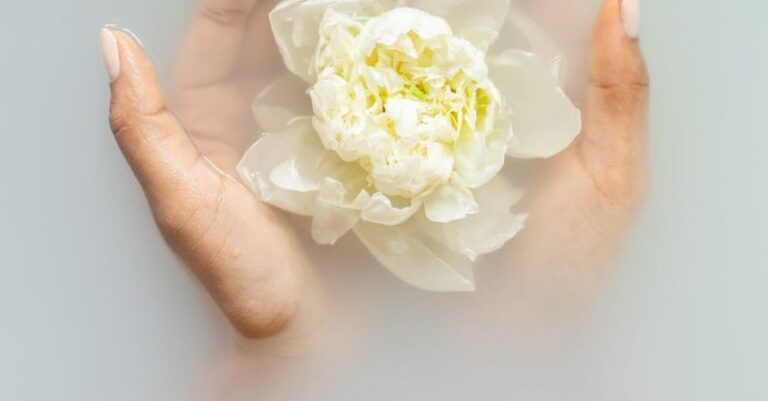
Beauty trends vary significantly around the world, influenced by cultural norms, traditions, climate, and societal values. What is considered beautiful in one country may be entirely different from another. These variations in beauty trends are fascinating to explore, as they provide insights into the diverse perceptions of beauty across different cultures. Let’s delve into how global beauty trends differ and what drives these differences.
**Asia: Embracing Youthful and Natural Beauty**
In many Asian countries, there is a strong emphasis on youthful and natural beauty. The Korean beauty industry, known for its innovative skincare products and elaborate beauty routines, has gained global popularity in recent years. The “glass skin” trend, which focuses on achieving a clear, radiant complexion, has become a hallmark of Korean beauty standards. In Japan, the concept of “kawaii” or cuteness is highly valued, influencing beauty trends that emphasize a soft, youthful appearance.
**Middle East: Glamour and Elegance**
In contrast, beauty trends in the Middle East often prioritize glamour and elegance. Women in countries like Saudi Arabia and the United Arab Emirates are known for their love of luxury beauty products, bold makeup looks, and intricate hairstyles. The use of rich, vibrant colors and dramatic eye makeup is common, reflecting a desire for opulence and sophistication.
**Europe: Diversity and Individuality**
Europe boasts a diverse range of beauty trends that vary from country to country. In France, the epitome of chic sophistication, minimalistic makeup and effortless hairstyles are favored. In contrast, countries like Italy and Spain embrace a more vibrant and expressive approach to beauty, with a focus on bold lip colors and statement hairstyles. The rise of natural beauty movements in countries like Sweden and the Netherlands highlights a growing emphasis on embracing individuality and self-expression.
**Africa: Celebrating Cultural Heritage**
Across Africa, beauty trends often celebrate cultural heritage and traditional practices. In countries like Nigeria and South Africa, there is a strong emphasis on natural hair care, with many women choosing to embrace their curls and textures. Bold and colorful makeup looks are also popular, reflecting a vibrant and dynamic sense of style. In Ethiopia, traditional beauty rituals like using butter for skincare have been passed down through generations, showcasing the importance of preserving cultural beauty practices.
**Latin America: Vibrant and Exotic**
Latin American beauty trends are characterized by their vibrant and exotic flair. In countries like Brazil and Mexico, bronzed skin, bold eyeshadows, and glossy lips are common beauty staples. The influence of indigenous cultures is evident in beauty trends that incorporate natural ingredients like aloe vera and coconut oil for skincare and hair care. The celebration of curves and body positivity in countries like Colombia and Argentina also sets Latin American beauty standards apart.
**The Influence of Social Media and Globalization**
In an increasingly interconnected world, social media plays a significant role in shaping global beauty trends. Influencers and celebrities from different countries have a powerful impact on shaping beauty standards and trends worldwide. The rise of beauty influencers from diverse backgrounds has led to greater representation and diversity in the beauty industry, challenging traditional ideals of beauty and promoting inclusivity.
**Embracing Diversity and Cultural Exchange**
As beauty trends continue to evolve, there is a growing recognition of the beauty in diversity and cultural exchange. The beauty industry is becoming more inclusive, with brands incorporating a wider range of shades and products to cater to diverse global audiences. By embracing different beauty standards and celebrating cultural heritage, we can foster a more inclusive and accepting perception of beauty that transcends borders and unites us in our shared appreciation for creativity and self-expression.





